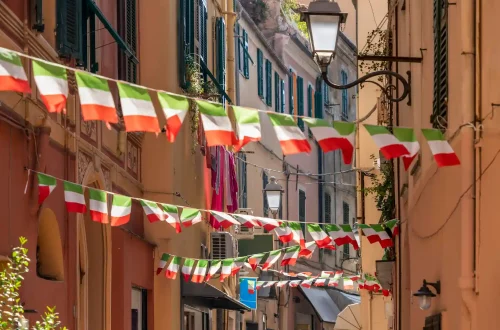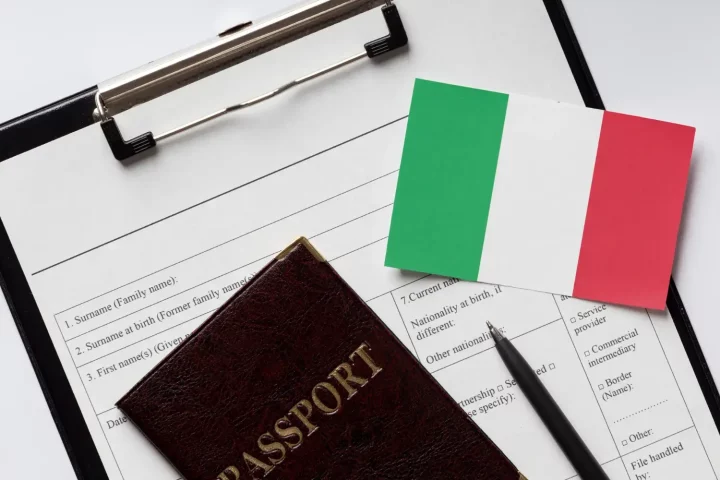Obtaining Italian dual citizenship is an exciting journey that connects you to your heritage and opens up a world of opportunities. However, the process can be intricate and time-consuming. In this article, we’ll explore essential steps and potential pitfalls to ensure a smooth path toward becoming an Italian citizen.
1. Gather Necessary Certificates
Before embarking on your citizenship quest, gather all necessary certificates. These may include birth certificates, marriage certificates, and any other relevant documents. Ensure they are up-to-date and accurate.
2. Consistency Matters
Pay meticulous attention to document consistency. Verify that names, dates, and other details match across all paperwork. Italian authorities are unforgiving when it comes to discrepancies. Even a minor error can lead to the rejection of your application.
3. Rectify Any Issues
If you identify discrepancies or mistakes, rectify them promptly. Whether it’s a misspelled name or an incorrect date, address these issues before submitting your application.
4. Translation and Apostille
Documents that are not in Italian must be translated and authenticated with an apostille. This step ensures their validity and acceptance by Italian authorities.
Take advantage of specialized assistance to secure your passport for a borderless future.
5. Prepare for the Consulate Appointment
These are the documents you need to apply for Italian citizenship by descent:
| Required Documents | Ancestors | Applicant |
| Birth/Baptism Certificate | Yes | Yes |
| Marriage Certificate | Yes | If applicable |
| Divorce Certificate | If applicable | If applicable |
| Death Certificate | Yes | No |
| Identity Document | No | Yes |
| Proof of Residence | No | Yes |
| Genealogical Tree | No | Yes |
For more information about the necessary documentation for Italian citizenship, head to this webpage.
6. Check Document Expiry Dates
Verify that none of your documents have expired. Outdated paperwork can delay the process significantly.
7. Patience Is Key
The journey to Italian dual citizenship takes time. Be patient during each phase. If progress seems slow, gently reach out to Italian authorities for updates.
8. Stay Informed
Stay connected with the Italian consulate where you applied. They can provide status updates on your conditional application.
9. Attend Your Appointment
Make your application in person at the consulate. Missing your appointment date can cause delays.
10. Download the Application Form
Visit the Italian Consulate Generale’s website to download the application form. Familiarize yourself with the requirements and instructions.
Remember, becoming an Italian dual citizen is a rewarding experience. Follow these steps diligently, and soon you’ll be part of Italy’s rich cultural tapestry! If you find the process challenging, consider hiring professional assistance, such as io.citizenship. We specialize in making your dream of Italian citizenship come true. Contact us today!
Take advantage of specialized assistance to secure your passport for a borderless future.






